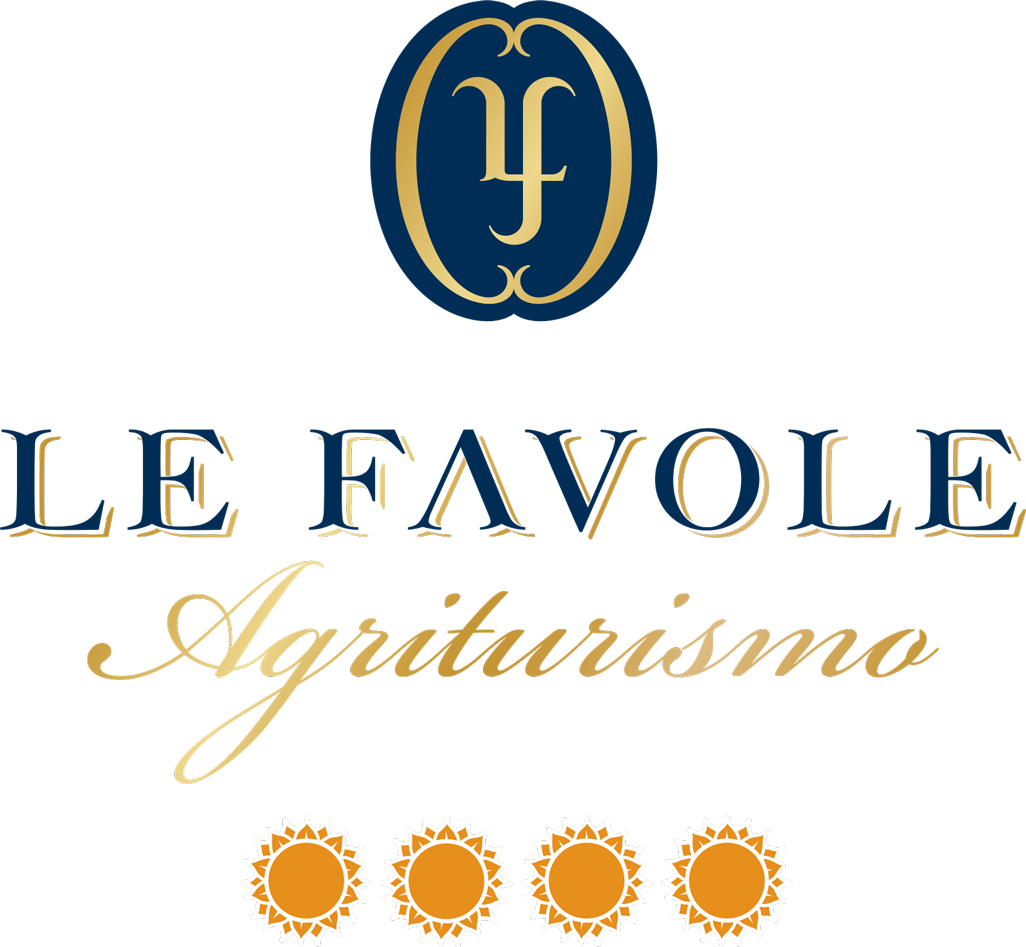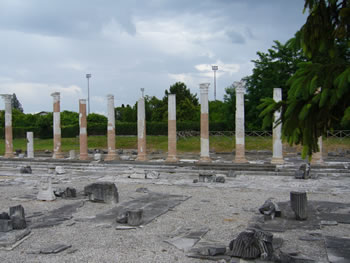Aquileia, the fourth city of the Empire and the capital of Venetia et Histria, is now a place of great archaeological and art-historical interest and on UNESCO’s world heritage list. To enter into the spirit of the city a trip to the Italian National Archaeological Museum is recommended.
In its various rooms the museum brings together a great variety of finds that document the exceptional nature of this Roman town and in particular reconstruct in detail a picture of the everyday life of its inhabitants.
At the time of the Roman Empire, Aquileia was a strategic point for trade with the Danubian countries. The archaeological area along Via Giulia Augusta, in the direction of Grado, is well worth visiting. The initial impact made by the basilica is astounding.
As you step over the threshold into the church you are greeted by one of the most extraordinary mosaic floors in the world: a colourful sea, inhabited by fish, plants and human figures. Discovered by accident less than one hundred years ago, under a fine layer of clay that has preserved it in all its glory, it is the most precious feature of Aquileia’s splendid Romanesque-Gothic basilica.
 Italiano (Italian)
Italiano (Italian) English
English Deutsch (German)
Deutsch (German)

